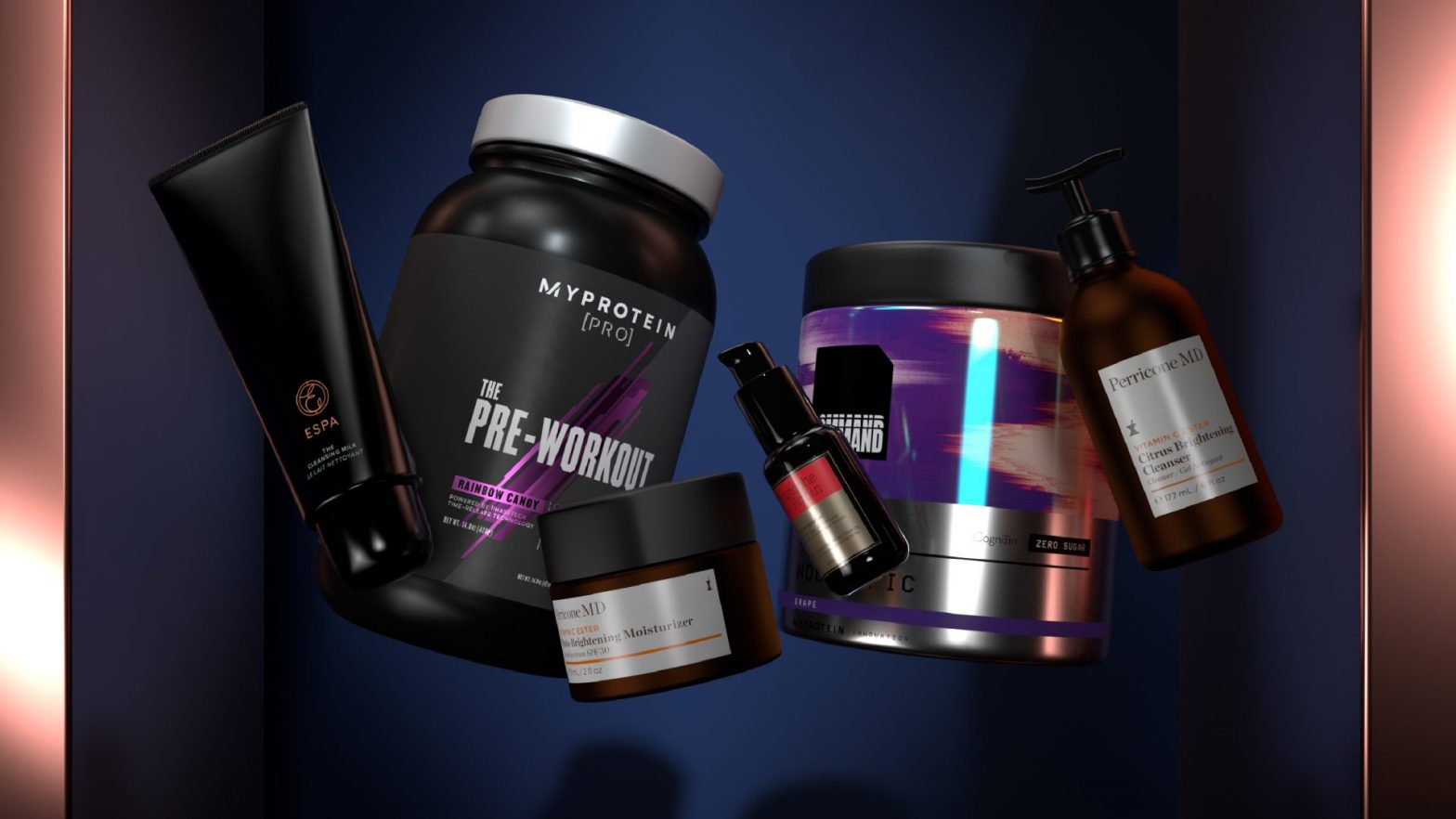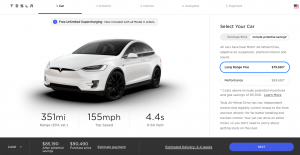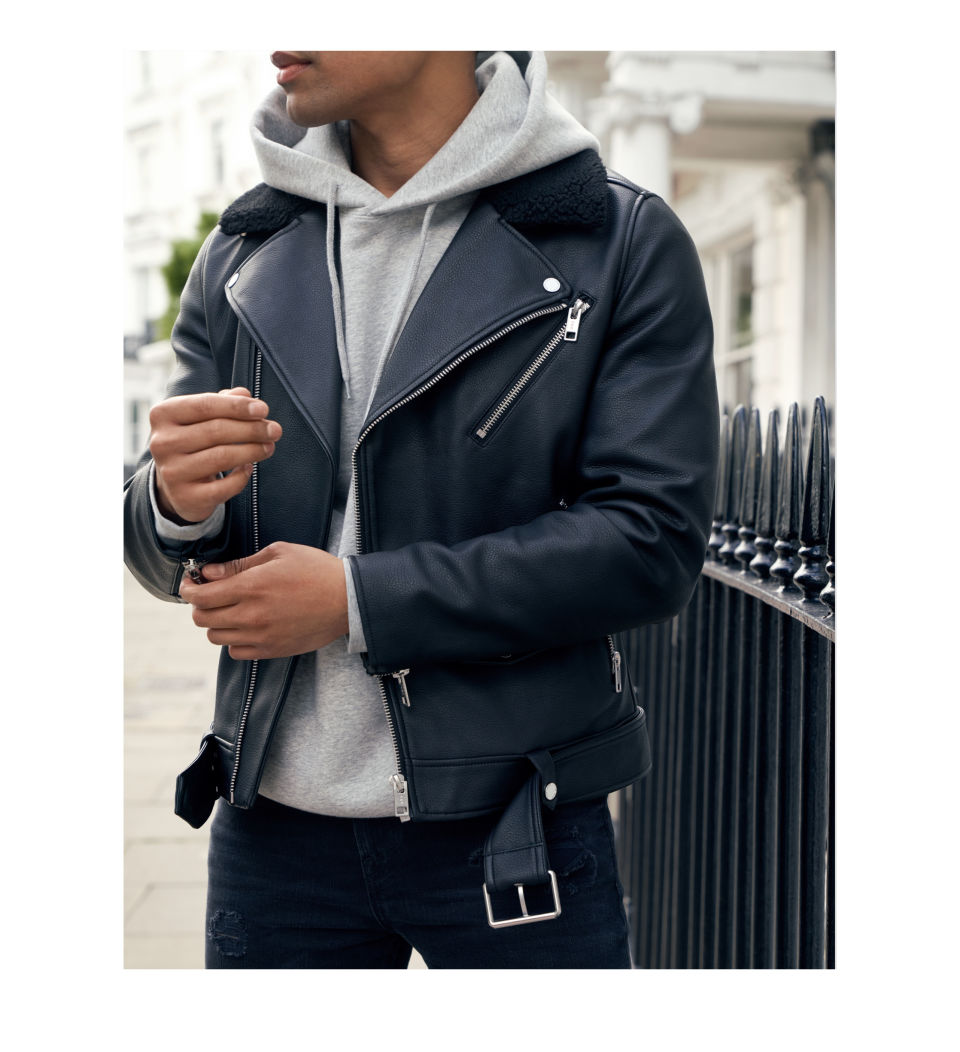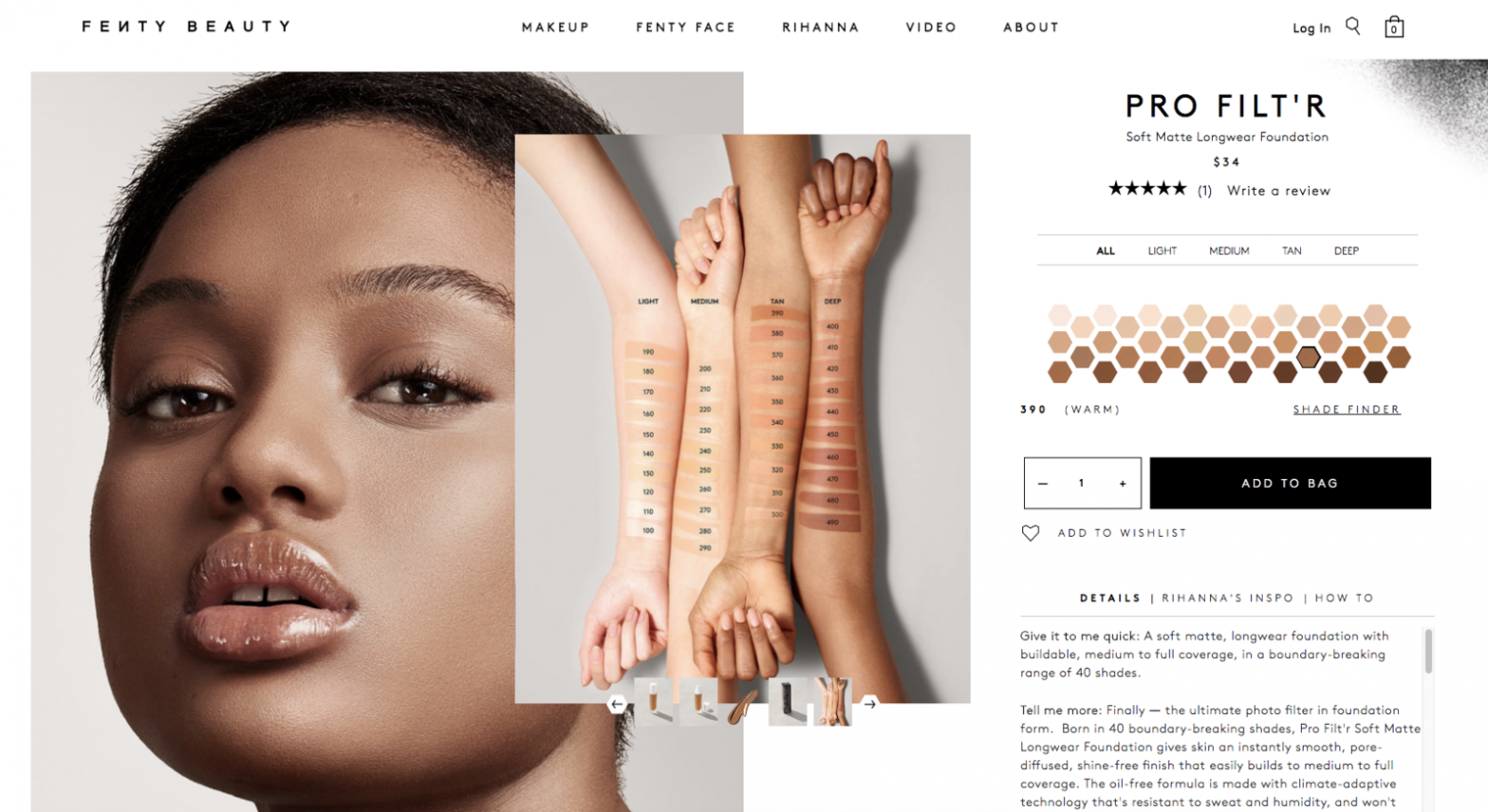For an eCommerce fashion label, you may have your instagram content on point. You may have ALL of the best models & influencers draped in your logo..
..You may have thousands of customers buying from you consistently.
BUT, what are you doing on the email front?
Poor email marketing & systemisation is a huge culprit we see between a brand in which dominates it’s sub sector, contrasting that in which fails to even scratch the surface on the potential sales volume it should be getting. At the normal company, our process relies on having a super sleek back end, specifically when it comes to email marketing.
Email becomes one of the most important communication channels with your customer when it comes to not only driving sales, but recouping them.
Why? Email marketing lets a label reach out to prospective and current customers with offers, news, product launches and more. It’s also a key tool to reignite interest, and capture the sale when it is in limbo.
If you are a fashion eCommerce brand, or any brand for that matter in any space, you need to listen up to this checklist below, and make it a focal point for your back end. Now.
1. Have a sexy subject line
The days of ‘ALL CAPs’ are gone. These actually trigger the spam filter on a lot of mailboxes, and you may see this yourself with a poor delivery & open rate.
In 2019, it’s all about being on trend, relevant, and actually of interest.
To win the open rate, you have to be gentle and subtle in your subject line without overselling yourself. Remember, that people respond to phrases that we use in our everyday life because it is more human.
No one wants to receive an email which literally looks like a marketing email, no matter what brand or store you run.
So, What exactly should you be crafting up for your subject line?
Personalisation, relevance, personality.
The key is to describe what is inside your mail, in a sleek pocket size way.
You need to create the ‘WOW’ moment, immediately as you only have a split section to do so, before your customer scrolls away from you.
2. Content, Content, Content.
It’s simple really. If you don’t have good content, there’s no ‘why’.
You need a strong WHY to enable a conversation, and enable the hook back into your site, and those products in which are most relevant to your potential customer.
When you get your e-mail opened, welcome your customer with an attractive visual. Something enticing, and something bold.
Tom Ford does this incredibly well:
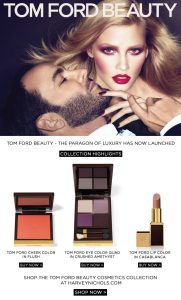
Provide a relevant landing page in the Call to action of the visual. Avoid linking everything to your home page, as this essentially creates unnecessary barriers and hurdles for your customer to trawl through, in order to get where they want.
Normal Tip:
A short and sweet customer journey, wins.
Your graphic curation in your marketing email should be attractive and the text should be highly visible, punchy and striking. Do not forget to optimise the same for mobile views as 62% of emails are opened and read on mobile.
3. The personal touch.
Here’s a question to ask yourself:
“Am I connecting with an individual, or scatter-gunning to the masses?”
Ask yourself, and you may want to go back to the drawing board. Often there is a hit and hope strategy at play with most email marketing we see, and brands in which we coach on this aspect when it comes to driving all time high revenues.
When you hit schedule, you are not just mailing an offer or information, you are mailing experiences.
You are connecting..
.. or disconnecting.
How will you produce a personalised message? How will you really hit home to that customer as they sit at home and browse Gmail?
Address the customer by name, or make recommendations based on browsing behavior.
Don’t just sell, give fashion tips on colours for the upcoming season, trends, how THEIR personal taste is being seen on influencers etc.
It is the extra effort in being friendly that makes all the difference to be more engaging and give the customer a great experience, which will separate you from the herd in that email box.
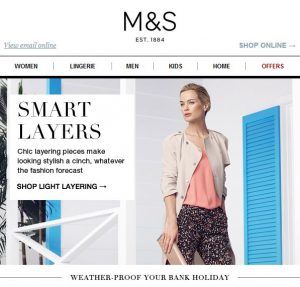
M&S do this terrifically. So much so, it’s as if we produced it right here at Normal!
Everything about their broad email marketing is on a ‘non salesy’ front. It’s personal, it’s professional, and it sparks intrigue.
4. If you’re not doing THIS, you’re bleeding money.
Cart Abandonment Emails.
This right here is your second, third or fourth chance to get those abandoned carts over the line.
We see time and time again an ineffective strategy here for many brands, and it’s one in which once we bring it to light, it’s a real face palm moment (for us, and them).
It is frustrating is when customers abandon their cart, but rewarding when you can make them complete their purchase with cart abandonment emails.
According to SalesCycle, eCommerce brands who sent cart abandonment emails received 46% open rate leading to 35% of the returning customers completing their checkout processes.
Cart abandonment emails, ideally, should be sent soon after the customer abandons the cart, and a follow-up email of the same in consecutive days. (Read our 10 Best Practices Of Abandoned Cart Emails for an in-depth explanation.)
Must include elements of a cart abandonment email:
Image of the abandoned products in the cart
A headline which mentions the product of interest
Recommendations for further products
Concise CTA
Something which makes them say ‘oh go on then!’
The proof is in the scale.
One of our fashion brands who we took on last month, had zero abandoned cart processes in place. They were losing out.
So, we put it to the test and found the following once we applied our Normal email strategy & comprehensive system:
Within 1 week of setting up, our email marketing generated an EXTRA £11,540.93 in revenue.
This was directly from our abandoned check out email marketing, coupled with intuitive facebook & instagram story ads.
So, tell us it’s not worth waiting any longer?
Conclusion:
These are the 4 basic and fundamental factors that fashion brands should consider in executing their email marketing. Today.
Even if you are a smaller brand,, with these context in mind, you can slowly work your way up to achieving more click-through rates, ROI, and ultimately a larger revenue at the end of it all.
Email marketing: The trend which is not going out of fashion any time soon.
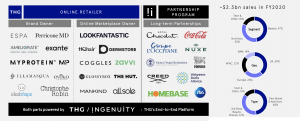
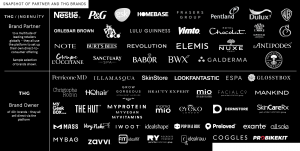
![]()

